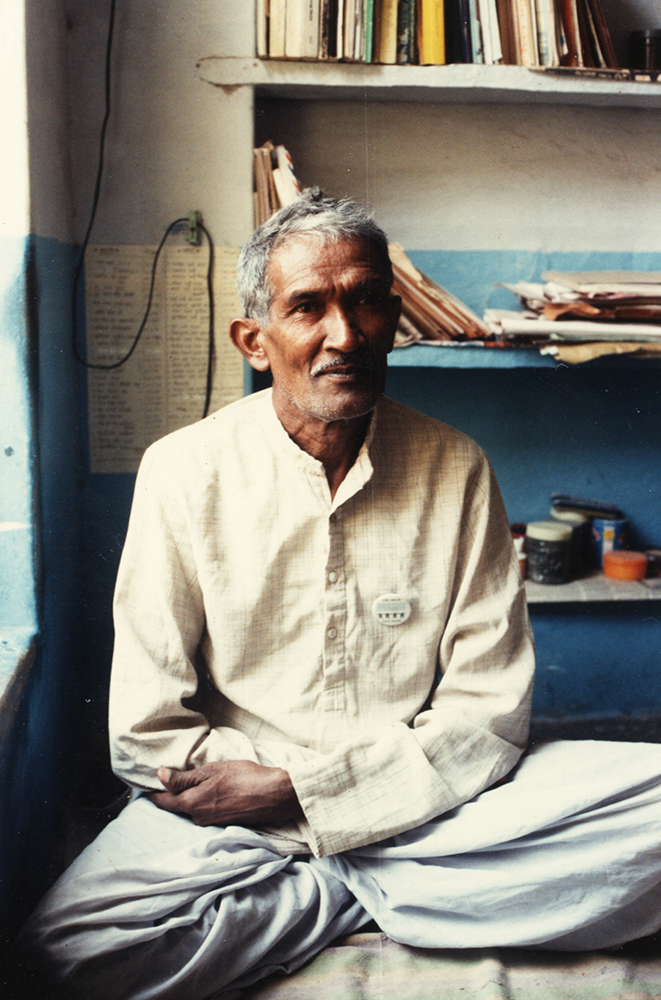Submergence Village Chotabadada, Madhya Pradesh
The Late Gangarambaba who hailed from the submergence village of Chotabadada in Madhya Pradesh was an active participant in the earlier Nimad Bachao Andolan (he was jailed during the late seventies in the course of the andolan) and a Senior leader of the subsequent Narmada Bachao Andolan (NBA) which lends special importance to his interview.
His account of the Nimad Bachao Andolan helps us understand how people’s movements can receive a setback when its leaders compromise with the powers that be or on coming to power. He tells us about the rise of the NBA and especially, the struggle around the village Manibeli, the village in Maharashtra closest to the Sardar Sarovar Dam and the first to be submerged by its waters. For being closest to the dam site, Manibeli remained the nerve center of the NBA for many years. So important and powerful was the impact of the Manibeli struggle that it drew worldwide attention and when a large number of organizations the world over called for a moratorium on World Bank funding of mega dams, it was called Manibeli declaration.
Gangarambaba’s interview is important because it describes the people’s struggle to save Manibeli, its lands and its forest; the strategies adopted by them during the struggle; the impact of submergence on their lives; as well as the repression at the hands of the state. It also describes the historical Shoolpaneshwar temple at Manibeli on the banks of the Narmada and river Dev, which believing Hindus considered a swayambhu temple.
Gangarambaba helps us understand one of the key strategies of the movement in this period – Jalsamarpan (sacrificing one’s life by drowning). The NBA had announced Jalsamarpan first in 1993, demanding that the Government of India should stop impounding water and appoint a committee by 6th of August to review the SSP by stopping the construction on the project, failing which, a small group of activists in the samarpit dal (the dedicated squad) would perform Jalsamarpan. Gangarambaba gives us a full account of what happened on 6th August 1993.
This interview is special for me for a number of reasons. It was recorded in 2001 on a Walkman tape recorder. Back then, neither good quality cassettes nor batteries were available in Badwani where I lived. Power failures were rampant in Madhya Pradesh at that time, particularly in villages and poor-quality batteries made the recording difficult. Tape recorders and cassette players were on the way out and were soon to be replaced by minidisc recorders. I did switch to a minidisc recorder and did some interviews on the minidisc. However, I lost a few interviews that were recorded on the minidisc as the discs did not provide the quality such a task required. Besides, during these early interviews, my skills and knowledge of oral history methodology were not fully adequate. There were no schools, no courses that taught Oral History Methodology in India at that time. The Internet was poor and online material on oral history was practically inaccessible to me. In spite of all this, I find that these recorded interviews of the Senior members of NBA come across as powerful narratives that command our attention. I am glad that I could somehow record their voices and make them heard/ available here, although the sound is not as good as the recordings that I subsequently did in a digital recorder.
– Nandini Oza.

Interview Duration:
1:14:00
Language:
Hindi, Subtitles in English
Subtitles can be switched on and off by clicking ‘CC’ button at the bottom right of the video